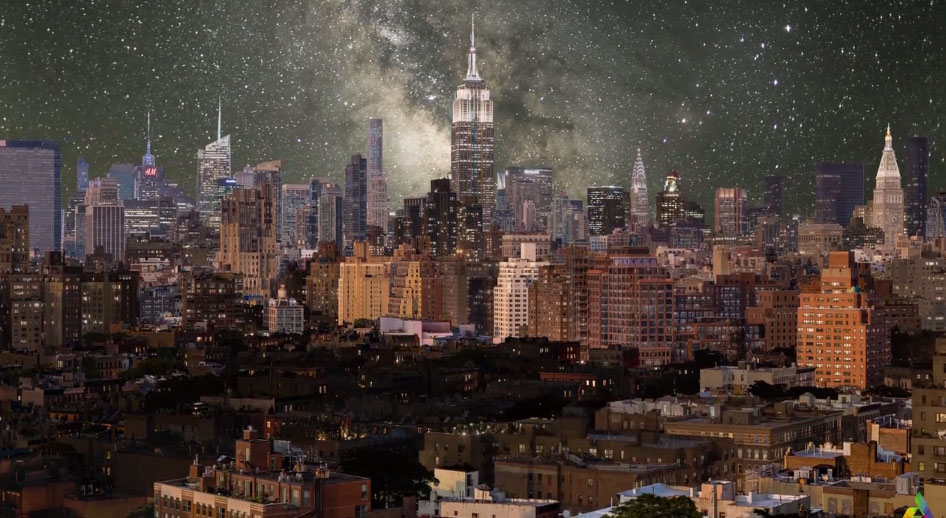New York City never sleeps, they say, and this animation shows just how active the city is by day and at night, combining elements of both in one film that represents “22 Trips to New York, 352 Hours of filming, $1,430 paid in Parking Fees, 9988 Miles Driven, and 232,000 Pictures Taken.” The result is a breathtaking architectural animation that becomes increasingly surreal as you watch.
“Traditional time-lapses are constrained by the idea that there is a single universal clock,” explains creator Julian Tryba. “In the spirit of Einstein’s relativity theory, layer-lapses assign distinct clocks to any number of objects or regions in a scene. Each of these clocks may start at any point in time, and tick at any rate. The result is a visual time dilation effect known as layer-lapse.”
The filmmaker quit his job a few years ago after the success of his Boston Layer-Lapse film and began focusing his next project on the Big Apple. To level things up, he began writing code to deal with the myriad more images this new piece would involve. “To create a layer-lapse effect, I am assigning a unique equation to hundreds of buildings simultaneously. For each frame, every building is calculating and deciding which time of day to reveal. One example of a script that yields a ‘look’ are the waves of day or night that move through some of the shots in this film.”
“To achieve the ‘look’ I can set parameters like the speed at which the wave moves across the screen, how rapidly each layer will switch from day to night or vice versa, and I’ll often use a random sinusoidal function to create a subtle oscillation inside the wave itself. Now I’ve probably lost half my audience but for those of you still reading, the final step is linking an action or a script to a piece of the music.” In the end, the work is a combination of mathematical and manual animation.
